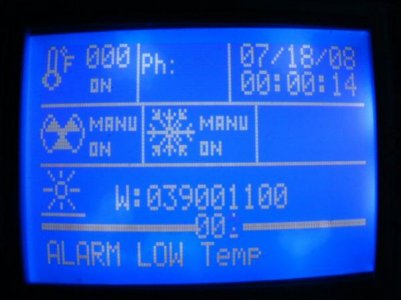terahz
1x10^12 Hz
The 1302 is the SPI version of the chip, right? Why'd we want to switch to that instead of the I2C 1307 (which we could also use a supercap for)?
I shyed away from the supercap mainly because I couldn't get any solid info on an implementation using that concept, but if you think we can work it out, I'm all for it. The part that I don't get is this: If you simply wire the supercap from GND to VBAT, how does it ever get a charge?
That said, I just bought a 10-pack of those batteries so I should be good for a while.
THe 1307 can't charge the supercap. What you're describing is exactly how it works on the 1302. No special addition are required. The IC has trickle charge circuit that takes care of the supercap.
I got new battery yesterday and measured it at 3.3V. We'll see how long that charge lasts now
In any case, the battery shouldn't be a problem with the controller connected to a power source. I think I had mine unplugged for a few weeks, that's why it drained the battery that much. I just never expected it to die that quickly

